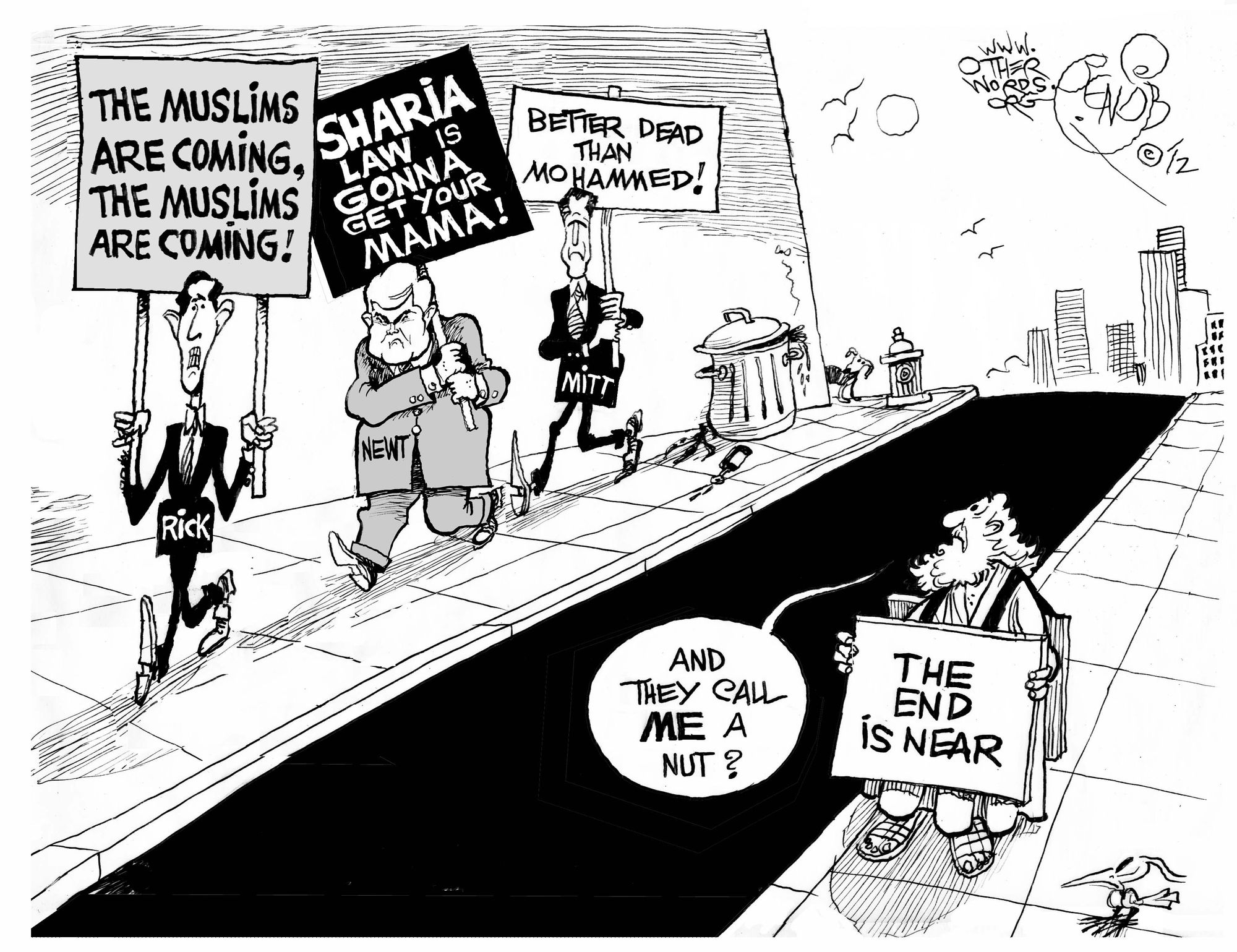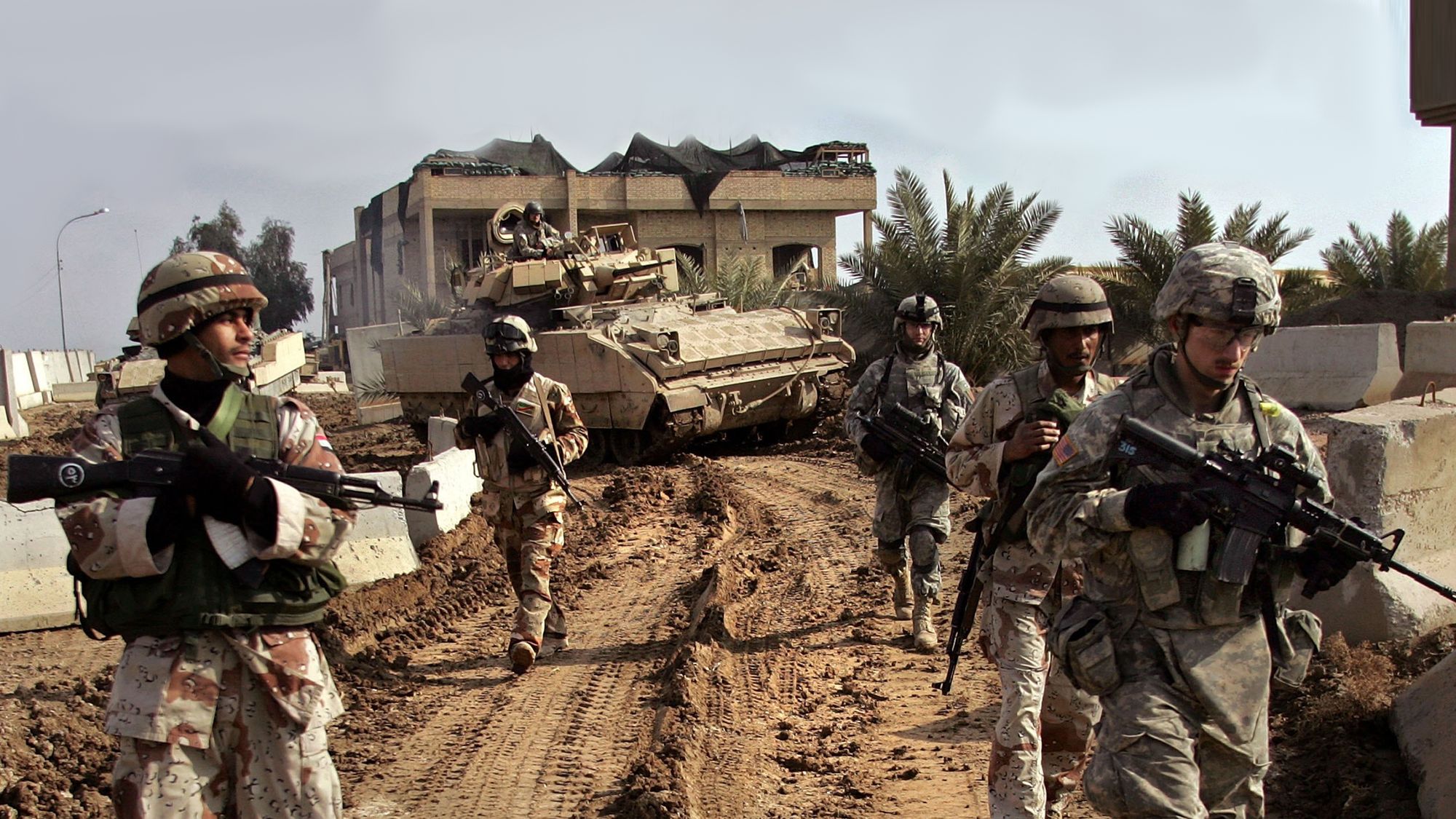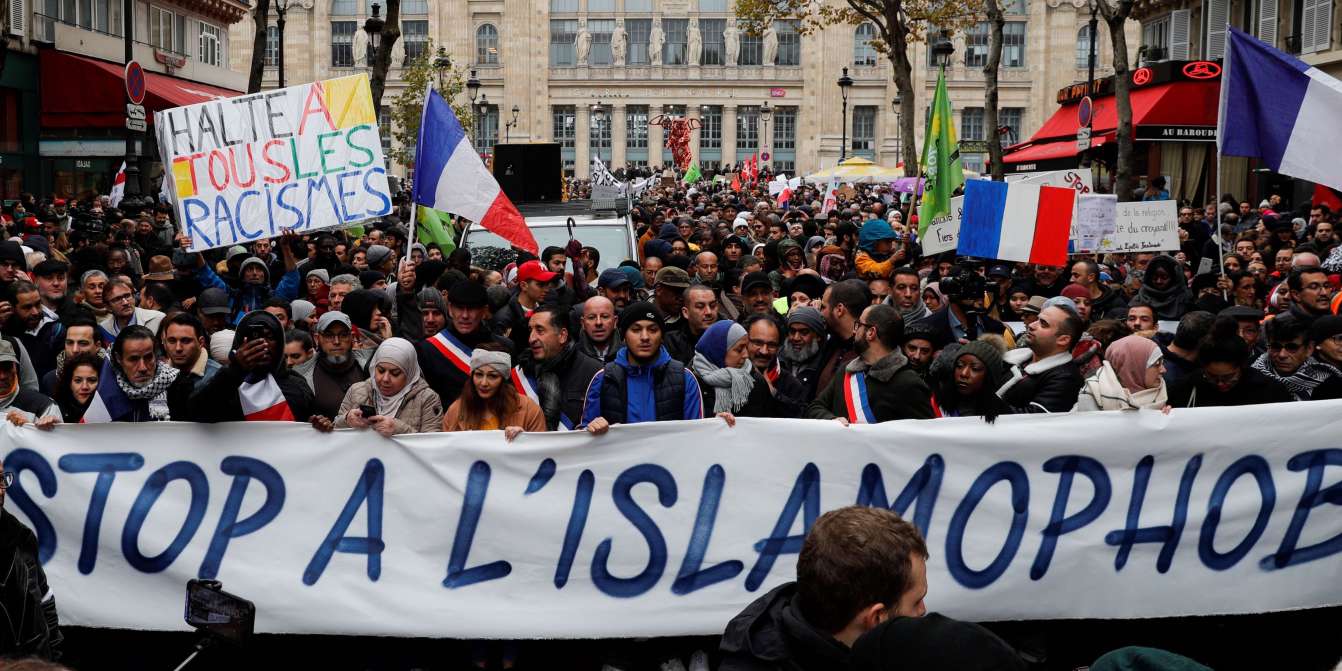Islamophobia is Everywhere: Understanding Anti-Muslim Hate
What comes to mind when you hear the word terrorism? 9/11, Al-Qaeda, ISIS, Taliban? A common thread exists: they all harbor an tie to Islam.
What comes to mind when you hear the word terrorism? 9/11, Al-Qaeda, ISIS, Taliban? In these four examples, a common thread exists: they all harbor an tie to Islam.
We live in a world where the actions and ideals of five major Islamic terrorist organizations have come to generalize, ostracize, and impose unjust prejudice upon billions of people.
The problem only arises when, as a society, we incline to generalize. Blinded by convention, we follow what has been laid out for us by generations behind us, and if that constitutes demonizing a group of people — billions-wide — for the actions of a select, misguided few, so be it, right?
The Short Answer: No, Absolutely Not.
Even 21 years after the September 11th attacks in the US, Islamophobia continues to work its way through the crevices of Eastern and Western societies alike, authorizing a flawed perception of Muslims and their beliefs, a misconstrued representation of Islam itself, and above all, a breeding ground for misinterpretation and discrimination to flourish.
But anti-Muslim sentiment is nothing new, and neither is it, by any means, isolated to only the Western world. Islamophobia has existed long before the 21st century and is prevalent even in Asia — Hong Kong is a prime example. While it may be a taboo topic internalized across generations, it certainly exists, and the effect it bears on Muslim youth and adults alike is nothing short of catastrophic.
Behind Christianity, Islam is the second most practiced religion worldwide. It encompasses the faith of 1.9 billion people worldwide, yet hate, prejudice, and ostracism enshrouding the presence of Muslim people outside the Middle East continue to transcend the barriers of time, space, and social progression itself.

But what exactly is Islamophobia?
Islamophobia is defined as the fear, hatred, and prejudice against Islam and those who practice it. That being said, one doesn't have to actively and publicly degrade Muslim people to harbor their share of Islamophobia. It is a prejudice that goes unspoken mainly; it is more internalized than not and encapsulates a myriad of beliefs, notions, and preconceptions that — even beyond violent extremism and militant action — stem primarily from the fact that those who follow Islam look and dress differently, follow different social customs and traditions, and are, inherently, "different" to us.
Terrorism and Demonization of Islam in the West
Terrorism is a term that gets thrown around a lot. For this reason, we must take the time to comprehend the true meaning and connotations that underpin the word.
In loose terms, terrorism is defined as the intentional and unlawful use of force to pursue a political aim, especially when it involves targeting civilians.
We've all heard of the September 11th attacks; 19 militants from the Islamic terrorist organization al-Qaeda hijacked four planes in the US, two of which were deliberately crashed into the World Trade Center's twin towers in New York City. These attacks took the lives of almost 3,000 and left over 25,000 injured.
While there is no denying that these attacks were fundamentally wrong, that they were unforgivable, and that they cut three thousand innocent lives short and traumatized so many more, they encompassed the beliefs and actions of one militant group — not even a fraction of the 1.9 billion who practice Islam.

What's the Difference between Religion and Terrorism?
Four Islamic extremist groups have been responsible for 74% of all terrorist violence globally. While terrorism may be spurred by an extreme religious motivation — whether it is out of a misinterpretation of a sacred verse or a belief that these actions are "sanctioned by God" — these groups make up a tiny minority. Such extremism in no way reflects the opinions of the majority of Muslim people.
Xenophobia, the fear or internalized prejudice against someone different from oneself, also makes it incredibly easy for Muslims to assume the role of a scapegoat upon which blame can be pinned. This is why it is so detrimental that the Western world bears such a monumental amount of influence over societies and civilizations around the globe, with European colonialism, Eurocentric history, and American dominance over mass media being prime contributors to this.
The French Hijab Ban
On March 30th, 2021, the French Senate voted in favor of an anti-separatism bill — a proposed law meant to uphold secularity (the division of religion and state) in France by protecting the nation from the "dangers of Islamic separatism".
This law would come to prohibit all Muslim women under 18 from wearing hijabs in public and prevent mothers from wearing hijabs when accompanying their daughters on school trips and to swimming pools. But how should Muslim women wearing hijabs relate to political affairs in any way — especially when it is merely a form of expression and personal devotion to one's faith?
It shouldn't, and it doesn't.
41% of French residents self-identify as Catholic. Yet, only Islam has been targeted by this controversial, fundamentally radical law — one that seems to many to be covering the government's tracks of anti-Muslim sentiment with the French ideal of secularity. This law only succeeds in further stigmatizing the Muslim community, not only in France but all across the globe; it is a potent reminder that Islamophobia is truly, everywhere.
However, no political value or justification can detract away from the fact that hijabs, as well as any laws or taboos regulating when and where they can be worn, are being used to further politicize and objectify women's bodies. "Secularity" should never intervene in an individual's beliefs or demonstration of their faith, and yet this law undermines that all.

France is not the only country — by far — in which internalized Islamophobia continues to rage. In the West, the existence of Islamic extremist and terrorist groups makes it all the more convenient to pose restrictions and regulations on Muslim women's bodies, with such limits being masked behind the façade of "safeguarding" a given nation from "radicalization."
Even despite the majority of crimes constituting mass violence in the US having been committed by white men, typical indicators of violent extremism, as prescribed by the Countering Violent Extremism (CVE) program, include everyday Muslim practices — like wearing a hijab, growing a beard, and going to mosques — among others that essentially aim to criminalize Islam altogether.
Hijabs, khimars, and burqas — know the difference.
A hijab is a headscarf that typically covers the hair and neck, leaving the face clear, whereas a khimar is a cape-like veil that typically covers the hair and neck, extending down anywhere below the elbows to the knees or feet.
On the other hand, a burqa serves as a timeless reminder of how history in Afghanistan is repeating itself. It is a veil covering the whole face, hair, and body, with a mesh window across the eyes for women to see. The wearing of burqas was enforced in Afghanistan under Taliban rule in the 1990s, and the failure of women to follow suit would result in public lashing. Now, following the recent seizure of Afghanistan by the Taliban in May 2021, many women are once again wearing burqas in public out of fear of the same punishment.
Understanding that people who follow Islam are no different from us is essential. They may observe other belief systems and social customs, but we all bleed the same red at the end of the day. One's religion should never, under any circumstance, detract from that pillar of truth.
This is the basis upon which tolerance can be built, and we can begin to perceive the world in an unbiased, equitable light.
